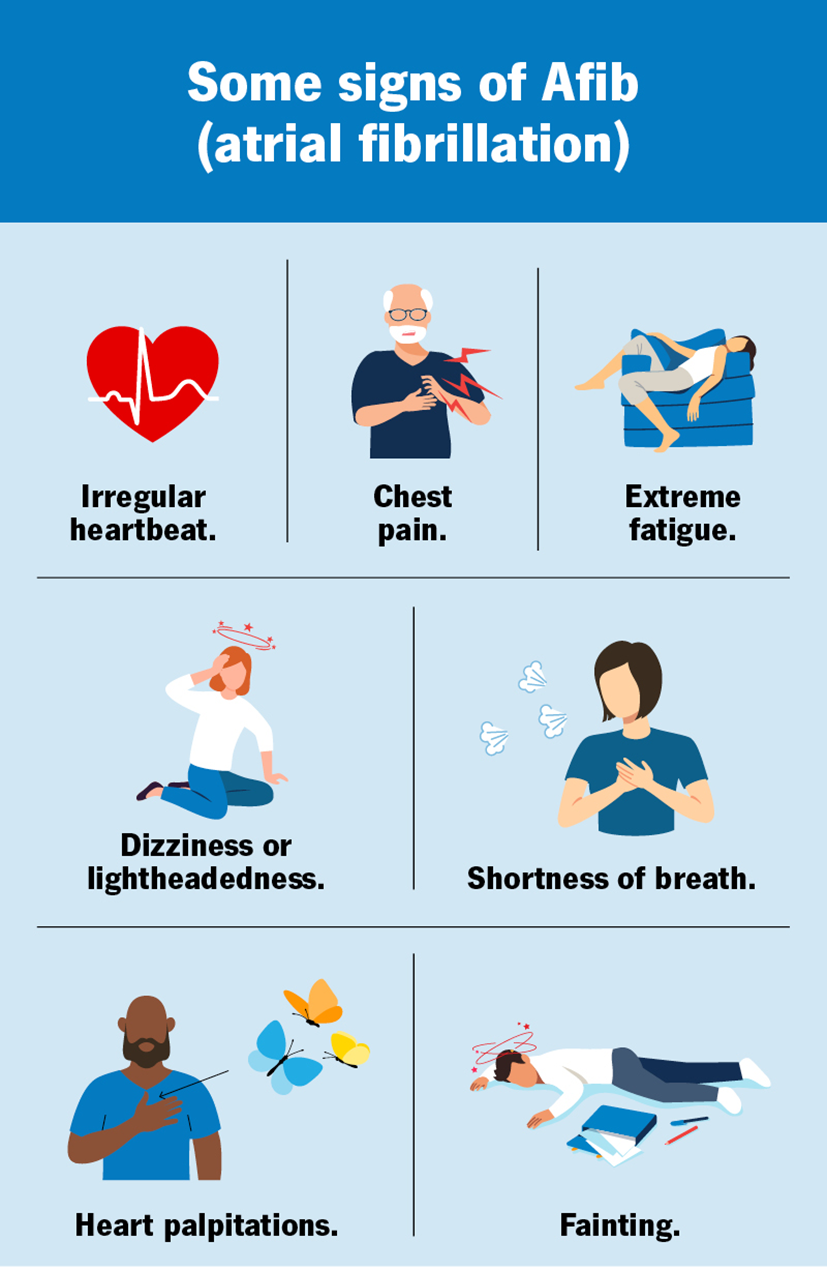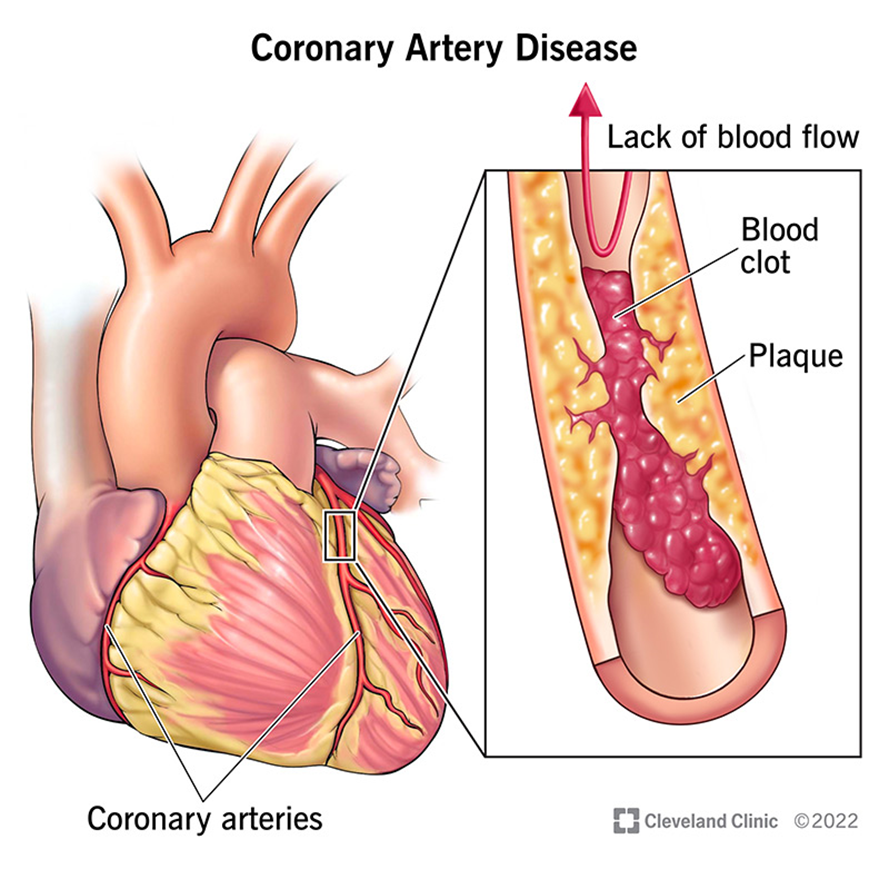The nurse is caring for a client with atrial fibrillation who receives a prescription for warfarin. The international normalized ratio (INR) is 2.8. Which action should the nurse take?
Give the next scheduled dose.
Obtain another blood sample.
Monitor for signs of bleeding.
Notify the healthcare provider.
The Correct Answer is D
Choice A reason: Giving the next scheduled dose without further assessment is not advisable. An INR of 2.8 is within the therapeutic range for many conditions treated with warfarin, but it is important to ensure that the INR is stable and not trending higher, which could increase the risk of bleeding.
Choice B reason: Obtaining another blood sample might be necessary if there is suspicion of an error or if the INR is unexpectedly high or low. However, in this scenario, the INR is within the therapeutic range, so this action is not immediately necessary.
Choice C reason: Monitoring for signs of bleeding is always important for clients on warfarin, but it does not address the immediate need to communicate with the healthcare provider about the current INR level and any potential adjustments to the medication.
Choice D reason: Notifying the healthcare provider is the most appropriate action. The healthcare provider needs to be aware of the current INR level to make any necessary adjustments to the warfarin dosage and to provide further instructions on monitoring and follow-up.

Nursing Test Bank
Naxlex Comprehensive Predictor Exams
Related Questions
Correct Answer is B
Explanation
Choice A reason:
Irritable bowel syndrome (IBS) is not a primary concern when administering sumatriptan succinate. While IBS can cause significant discomfort and affect the quality of life, it does not pose a direct contraindication to the use of sumatriptan. Sumatriptan is primarily metabolized in the liver and excreted by the kidneys, and its use is not significantly impacted by gastrointestinal conditions like IBS1.
Choice B reason:
Coronary artery disease (CAD) is a critical consideration before administering sumatriptan succinate. Sumatriptan is a selective serotonin receptor agonist that causes vasoconstriction of cranial blood vessels to relieve migraine symptoms. However, it can also cause vasoconstriction in coronary arteries, which can be dangerous for clients with CAD. This can lead to serious cardiovascular events such as myocardial infarction or angina. Therefore, it is essential to assess for any history of CAD or other significant cardiovascular conditions before administering this medication.

Choice C reason:
Seasonal allergic rhinitis is not a significant concern when administering sumatriptan succinate. While allergic rhinitis can cause symptoms such as nasal congestion, sneezing, and itching, it does not interact with the pharmacological action of sumatriptan. Therefore, it is not a contraindication for the use of this medication.
Choice D reason:
Type 2 diabetes mellitus is not a primary concern when administering sumatriptan succinate. Although diabetes can increase the risk of cardiovascular disease, the presence of diabetes alone does not contraindicate the use of sumatriptan. However, it is important to consider the overall cardiovascular risk profile of the client, including any complications related to diabetes.
Correct Answer is C
Explanation
Choice A reason: Constipation is typically a symptom of hypothyroidism, not hyperthyroidism. If a client is taking too much levothyroxine, they are more likely to experience symptoms of hyperthyroidism, such as diarrhea, rather than constipation.
Choice B reason: Intolerance to cold is a common symptom of hypothyroidism, indicating that the thyroid hormone levels are too low. If the client is taking too much levothyroxine, they would more likely experience heat intolerance due to increased metabolic activity.
Choice C reason: Restlessness is a symptom of hyperthyroidism, which can occur if a client is taking too much levothyroxine. Excess thyroid hormone can lead to increased nervous system activity, causing symptoms such as restlessness, anxiety, and tremors.
Choice D reason: Decreased appetite is more commonly associated with hypothyroidism. In contrast, hyperthyroidism, which can result from taking too much levothyroxine, often leads to an increased appetite.

Whether you are a student looking to ace your exams or a practicing nurse seeking to enhance your expertise , our nursing education contents will empower you with the confidence and competence to make a difference in the lives of patients and become a respected leader in the healthcare field.
Visit Naxlex, invest in your future and unlock endless possibilities with our unparalleled nursing education contents today
Report Wrong Answer on the Current Question
Do you disagree with the answer? If yes, what is your expected answer? Explain.
Kindly be descriptive with the issue you are facing.
